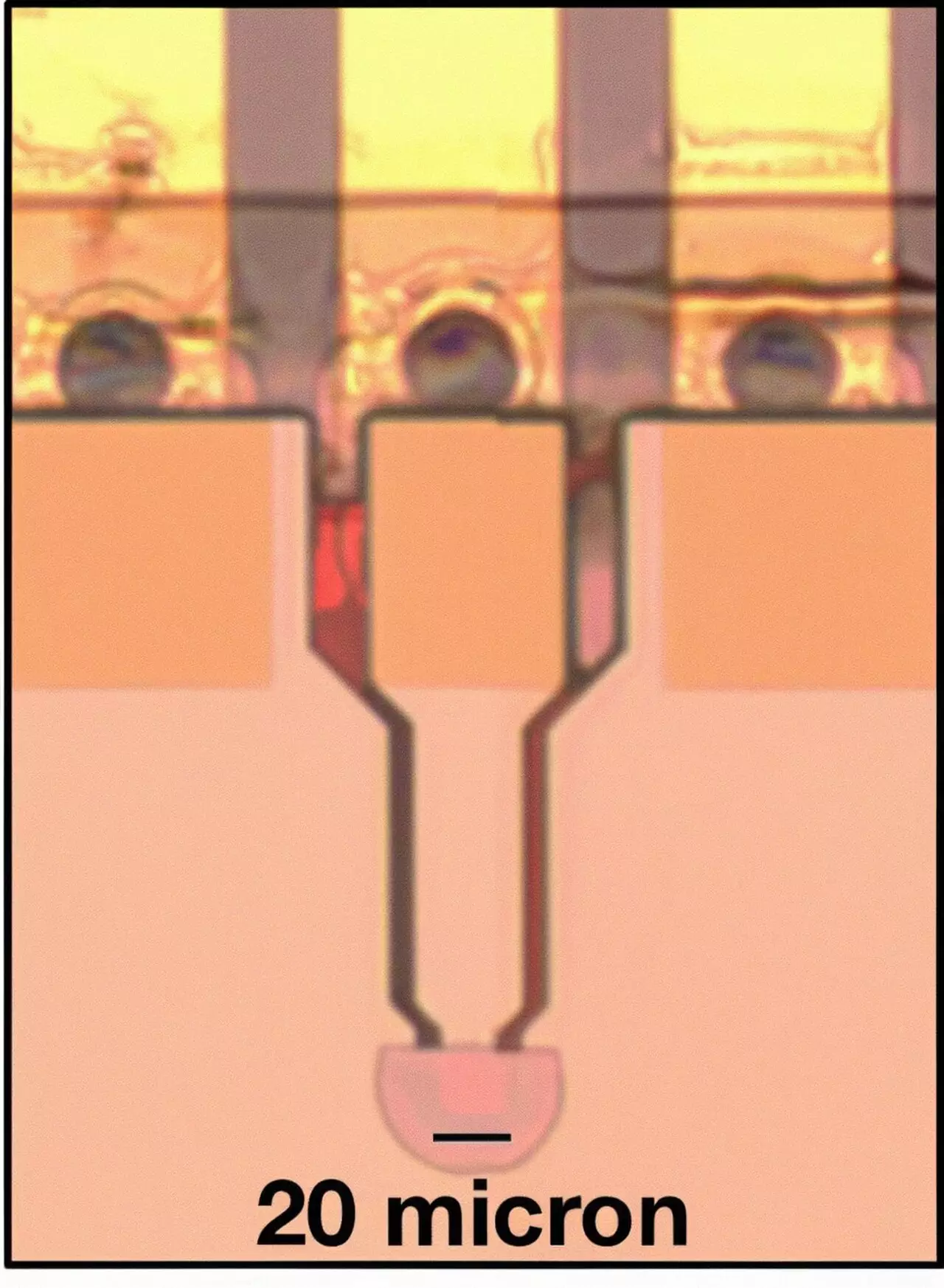Artificial intelligence (AI) has become an integral part of our lives, driving significant improvements in various fields. From large language models to autonomous cars, AI has revolutionized the way we interact with technology. At the heart of these advancements are neural networks, which are inspired by the human brain and its ability to learn and perform tasks. Neural networks have found widespread applications in pattern and object recognition, providing machines with the ability to interpret and understand their surroundings.
Conventionally, images captured by cameras are converted to electrical signals and processed using electronic processors such as CPUs or GPUs for object recognition. However, this process can be optimized for speed and energy efficiency by leveraging the optical domain of images. Optical neural networks (ONNs) incorporating spatial light modulators enable the high-resolution optical processing of images and videos. To introduce the nonlinearity required for this processing, camera sensors are conventionally used, but the response time of such sensors is a limiting factor.
Researchers from Nokia Bell Labs have made a breakthrough by utilizing a surface normal nonlinear photodetector (SNPD) to improve the speed and energy efficiency of diffractive ONNs. The SNPD, previously demonstrated as a high-speed electro-optic modulator, offers the potential to revolutionize large-scale ONNs. By leveraging the SNPD, high-resolution diffractive ONNs can achieve nonlinear processing that is 1,000 times faster and more energy efficient than traditional camera sensors.
The SNPD boasts a 3-dB bandwidth of 61 kHz, corresponding to a response time of less than 6 microseconds. In comparison, camera sensors conventionally used in ONNs have a typical response time of several milliseconds. Additionally, the SNPD consumes only about 10 nW/pixel, making it three orders of magnitude more efficient than a typical camera sensor.
To assess the efficacy of the SNPD in an ONN, the researchers input images into the convolution layer, which is the primary building block of the neural network. The convolution layer incorporated 32 parallel 3 × 3 kernels, utilizing the SNPD response as its activation function instead of the standard rectified linear activation function. The results of the simulation were promising, with the network achieving a test classification accuracy of approximately 97%. This performance was comparable to using an ideal rectified linear activation function in the same network.
The research conducted by Nokia Bell Labs unveils the immense potential of integrating SNPDs into free-space diffractive ONNs. The ability of the SNPD to operate at speeds three orders of magnitude faster and with significantly higher energy efficiency presents a compelling case for its use in large-scale ONN setups. However, challenges still remain in terms of scalability and competition with the high resolution provided by conventional cameras.
To fully realize the vision of large-scale ONNs, a significant number of SNPD devices would need to be manufactured, potentially reaching millions. This scale of production is technologically possible and could pave the way for advanced AI vision systems. Additionally, there is an opportunity to further reduce the footprint, energy consumption, and response time of the SNPD to optimize its performance in future AI vision systems.
The introduction of the surface normal nonlinear photodetector represents a major advancement in the field of optical neural networks. By improving the speed and energy efficiency of diffractive ONNs, the SNPD opens up new possibilities for high-speed processing at the speed of light. With the continued development and refinement of SNPD technology, the dream of even faster and more intelligent AI vision systems that consume minimal energy is within reach.
Provided by: Optica


Leave a Reply